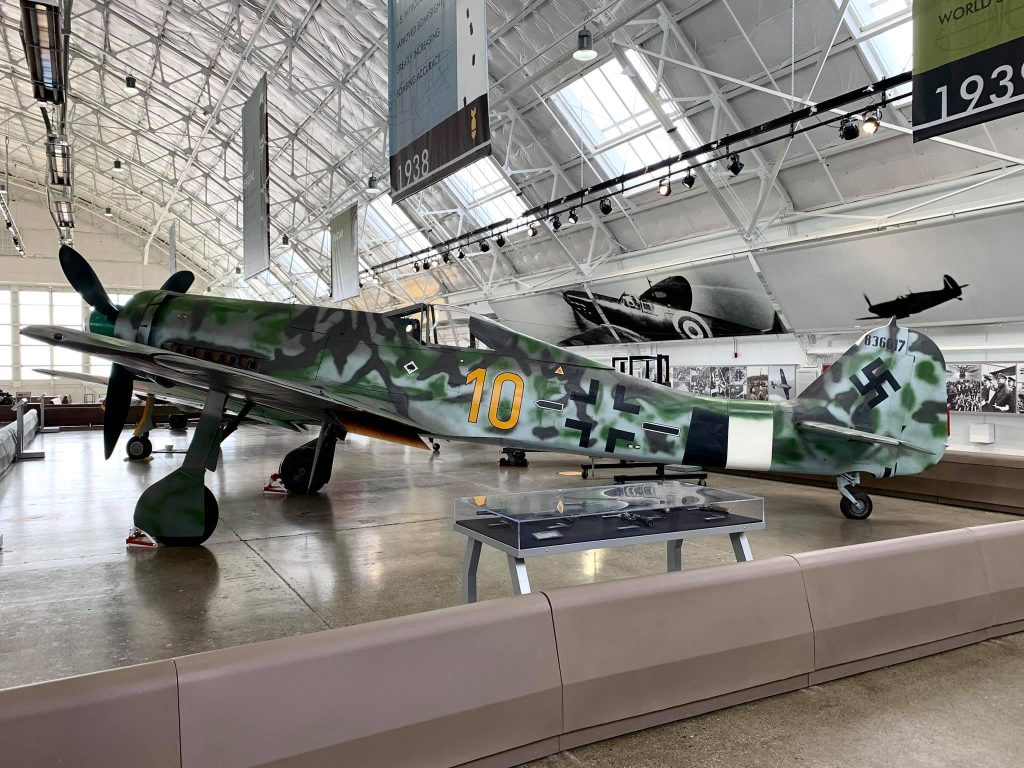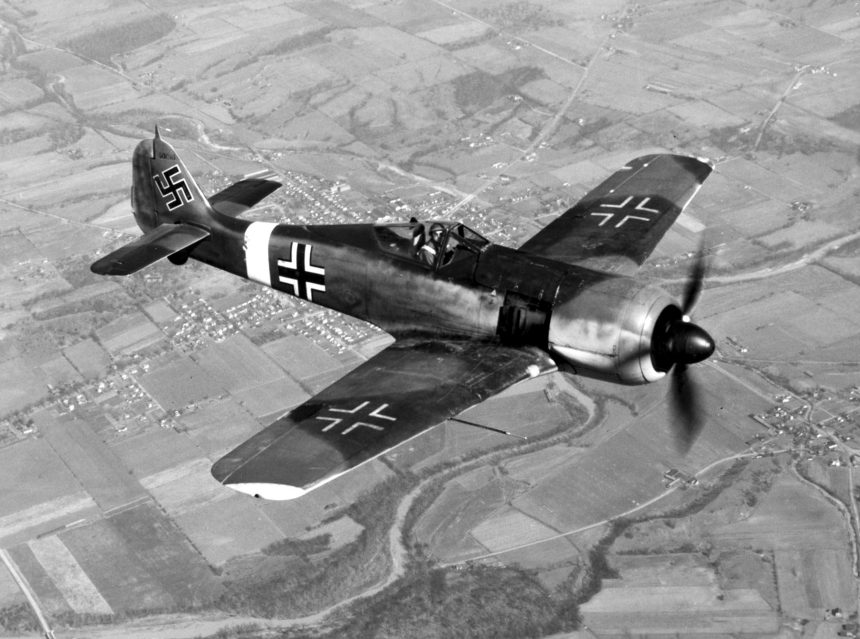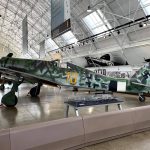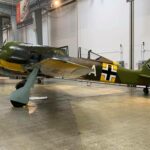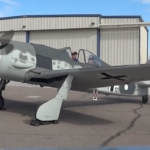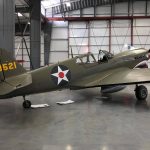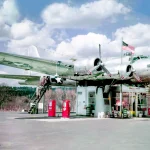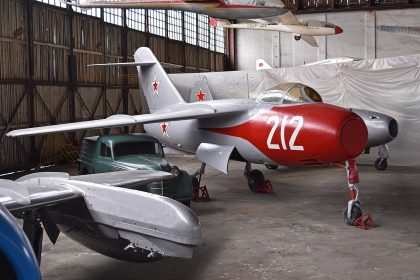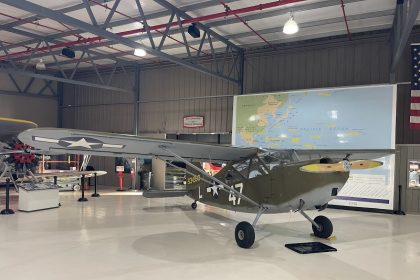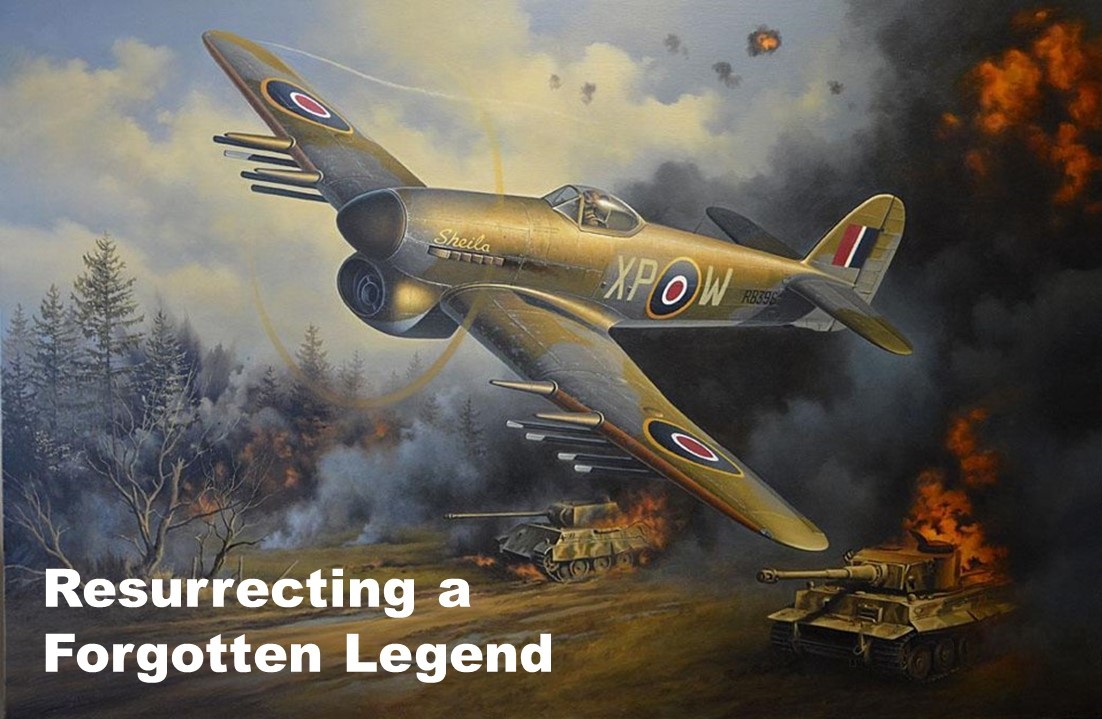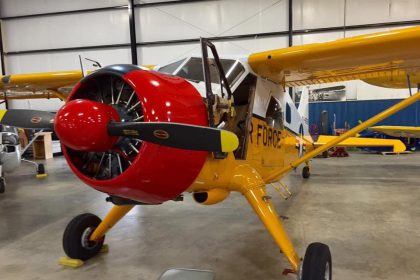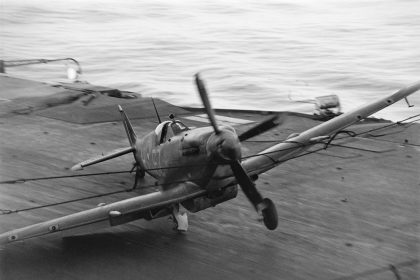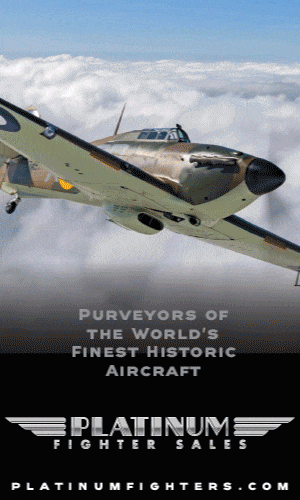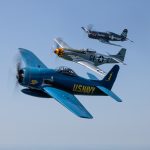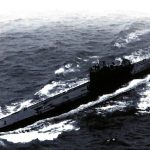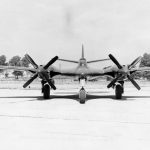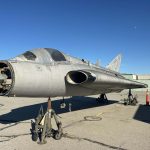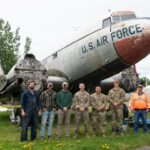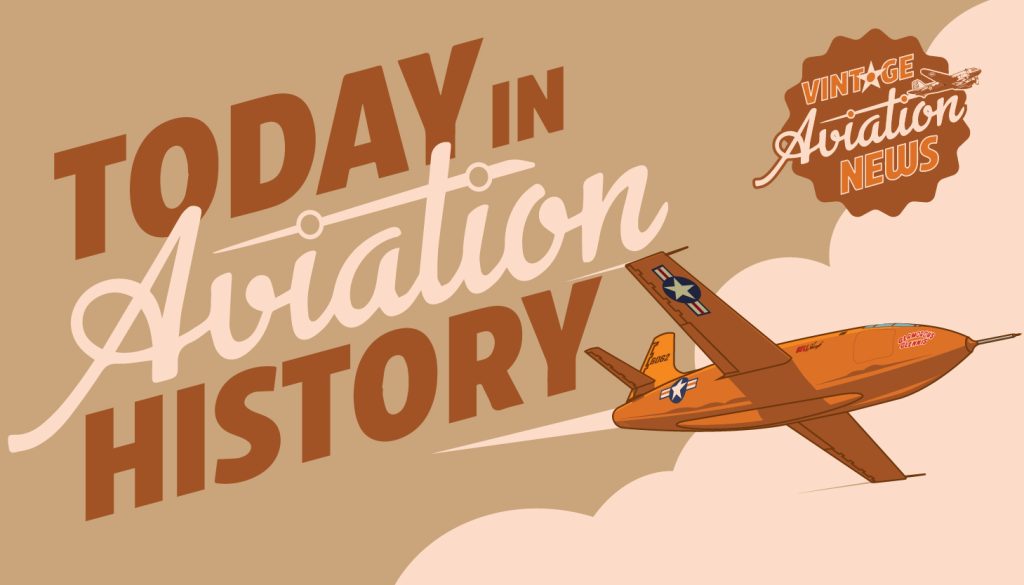
Eighty-six years ago today, on June 1, 1939, the Focke-Wulf Fw 190—nicknamed the “Shrike”—took to the skies for the first time. Designed by legendary German aeronautical engineer Kurt Tank, the single-seat fighter would go on to become one of the most formidable aircraft in the Luftwaffe’s arsenal during World War II. Alongside the Messerschmitt Bf 109, the Fw 190 formed the backbone of Germany’s fighter force throughout the conflict. The prototype aircraft, designated Fw 190 V1, marked the beginning of a legacy that would enter frontline service by 1941.
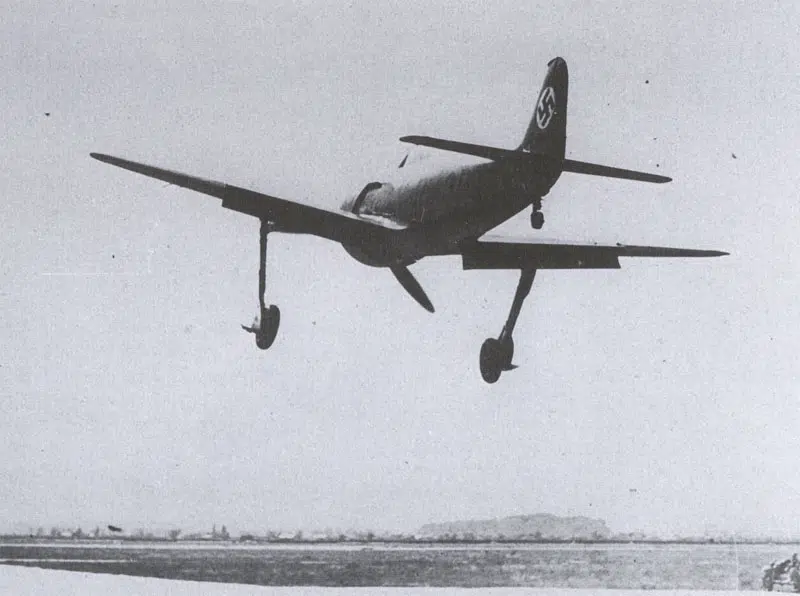
The early versions of the Fw 190 were powered by a BMW 801 14-cylinder radial engine, producing 1,677 horsepower. Compared to the Bf 109, the radial engine allowed for a more robust airframe with superior lift capacity, making the Fw 190 a versatile platform. It was not only an exceptional air superiority fighter but also served in fighter-bomber roles and on night missions. The Fw 190A variant could reach a maximum speed of 405 mph, with a combat range of 250–310 miles and a service ceiling of nearly 34,000 feet. Standard armament included two 13 mm MG 131 machine guns in the nose and four 20 mm MG 151/20 E cannons mounted in the wings and wing pods. It was also capable of carrying a bomb beneath the fuselage for ground attack missions.
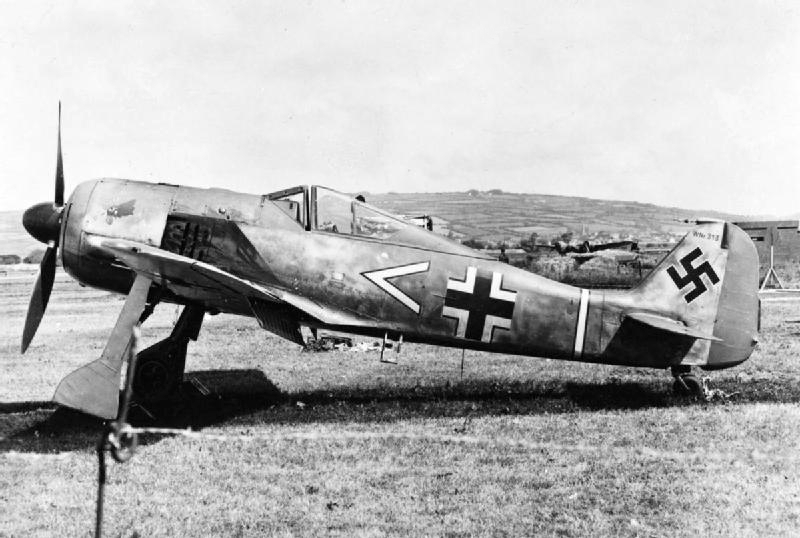
In late 1943, the design was upgraded with the introduction of the Fw 190D, powered by the inline Junkers Jumo 213 engine. With 2,240 horsepower, the “Dora” variant had improved high-altitude performance, achieving speeds up to 426 mph, an extended combat range of 520 miles, and a service ceiling of 40,000 feet. This marked a significant leap in the aircraft’s capability.
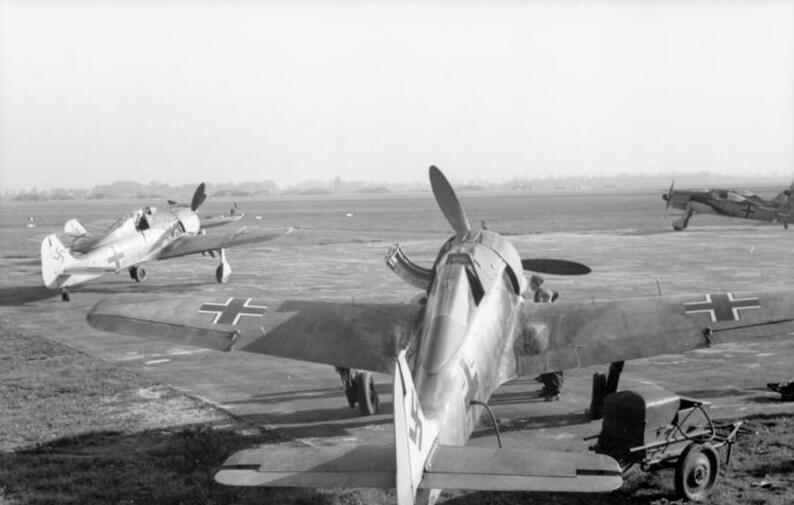
The ultimate evolution of the Fw 190 series came in the form of the Ta 152—a high-altitude interceptor developed from the Fw 190 platform. Designed as a Höhenjäger (high-altitude fighter), it featured enhanced wings, advanced engine options, and greater firepower. The Ta 152 entered limited operational service in January 1945, but production was cut short by the war’s end. Only 69 were built, and just one known example survives today, held in storage at the Smithsonian National Air and Space Museum.
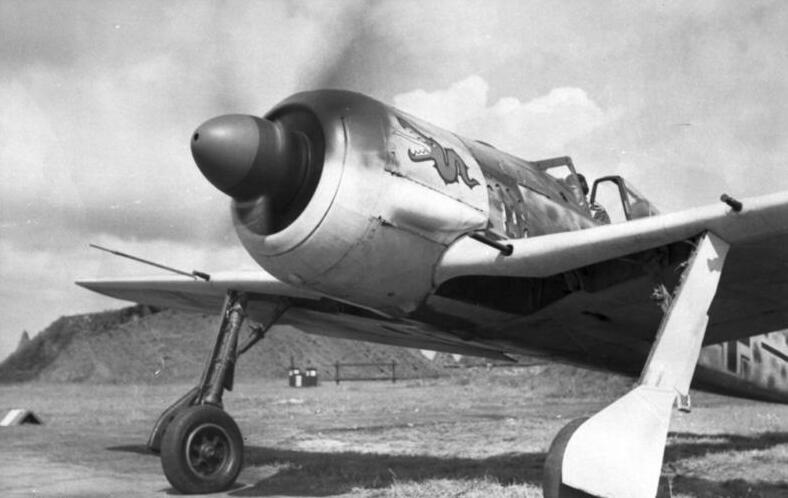
More than 20,000 Fw 190s were produced during World War II. Today, only a few dozen original examples survive—some restored to airworthy condition, while others remain as static displays. Additionally, fewer than two dozen full-scale flying replicas have been constructed by Flug Werk GmbH in Germany, helping preserve the legacy of this historically significant aircraft.
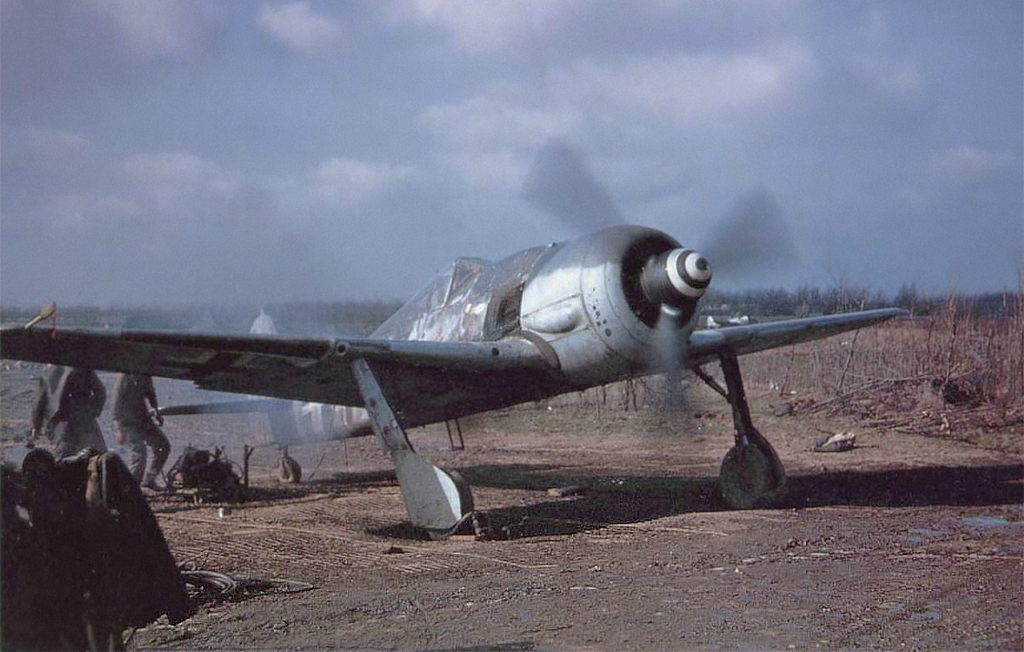
While the Fw 190 served the Axis powers, its engineering and performance reflect an important chapter in aviation history. Both the original aircraft and faithful replicas remind us of the incredible technological advancements achieved under wartime pressure—advancements that continue to capture the imagination of aviation enthusiasts worldwide.
